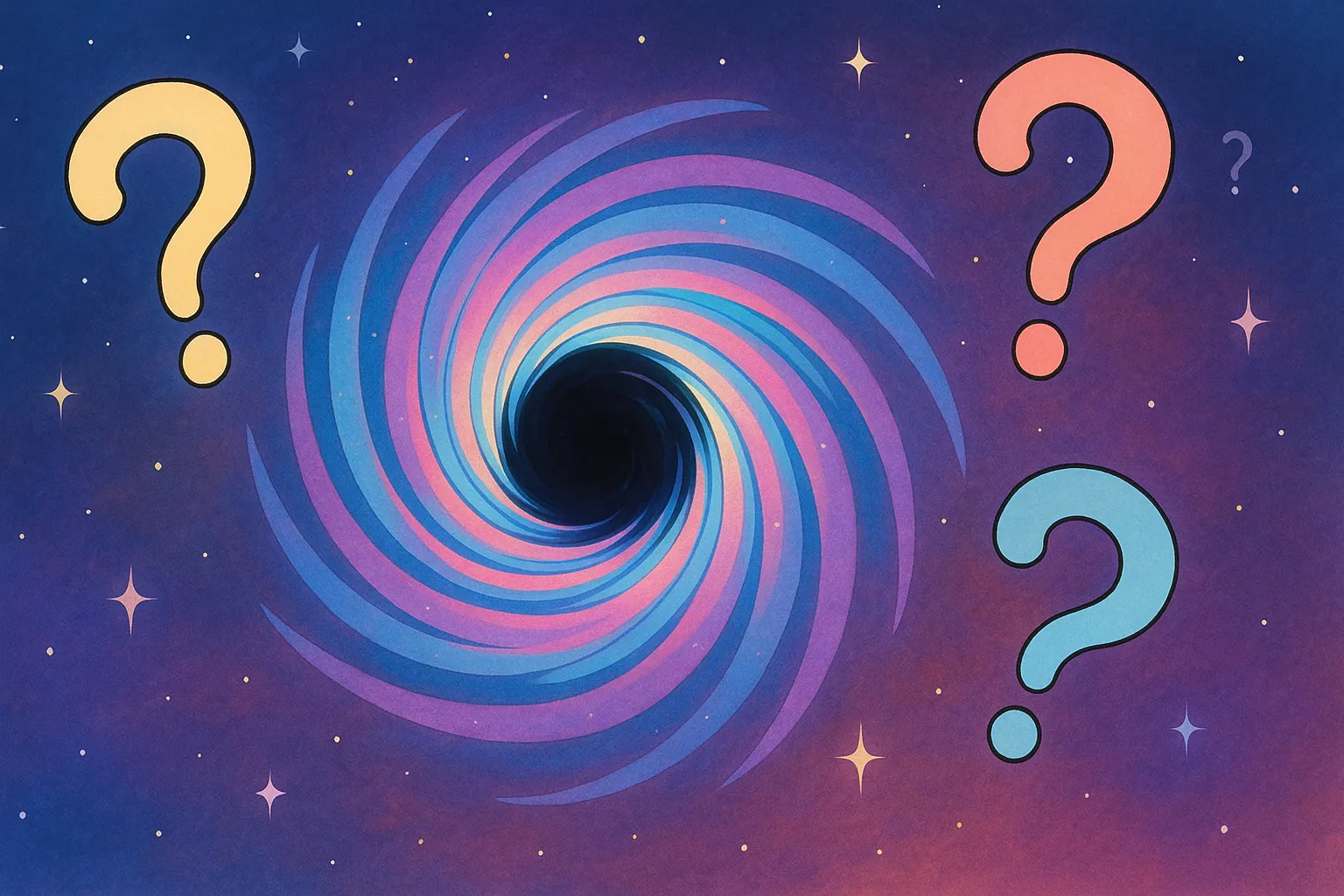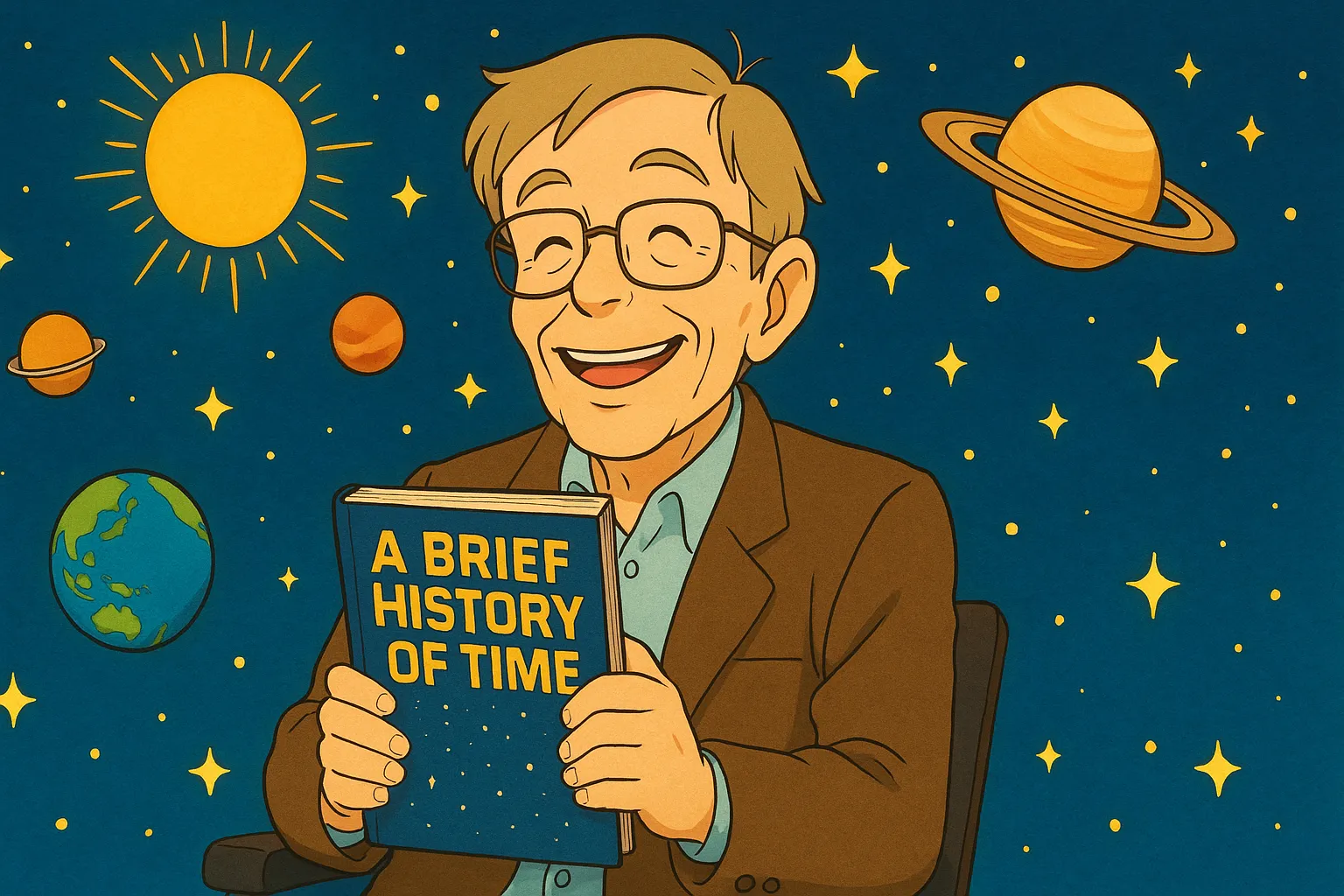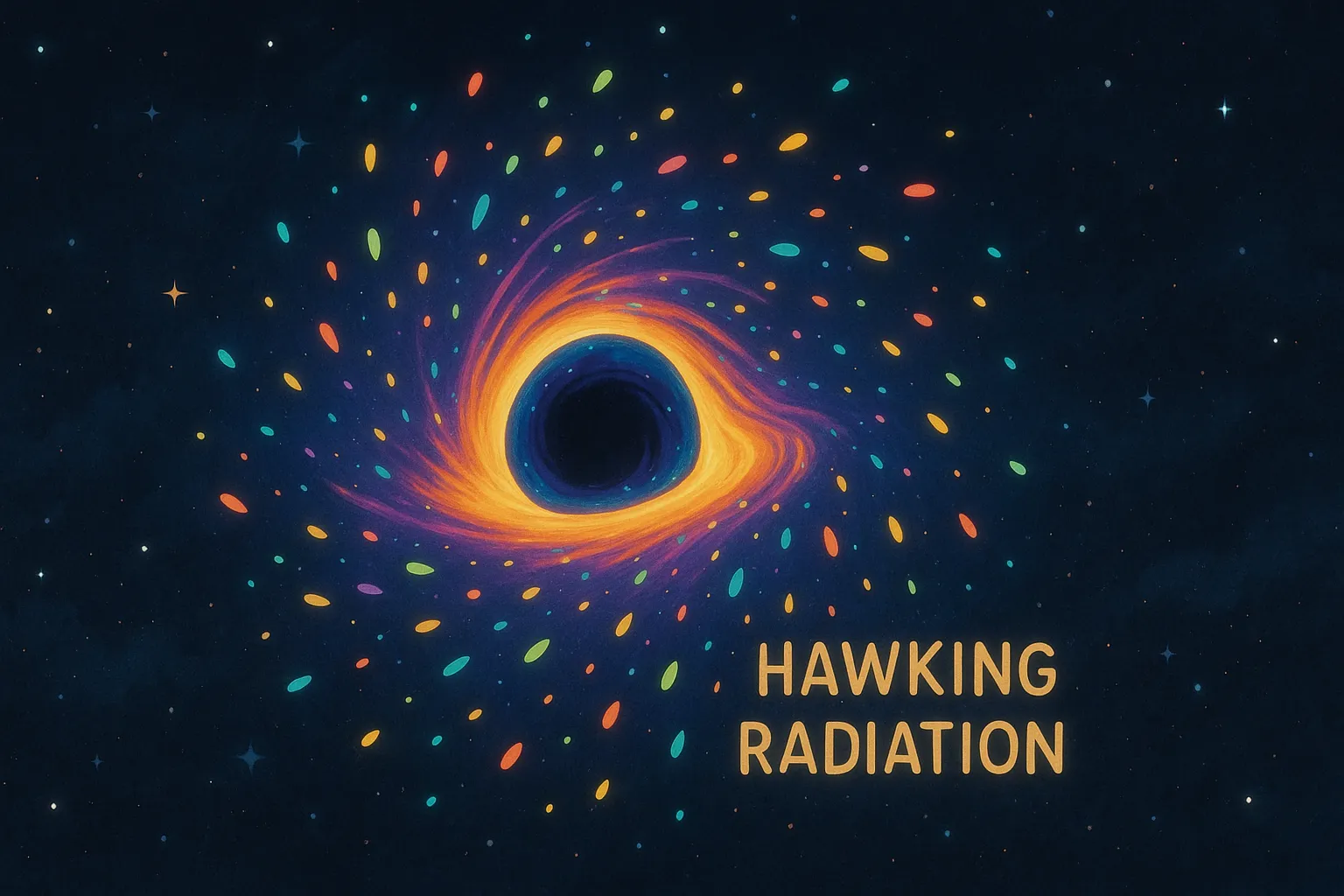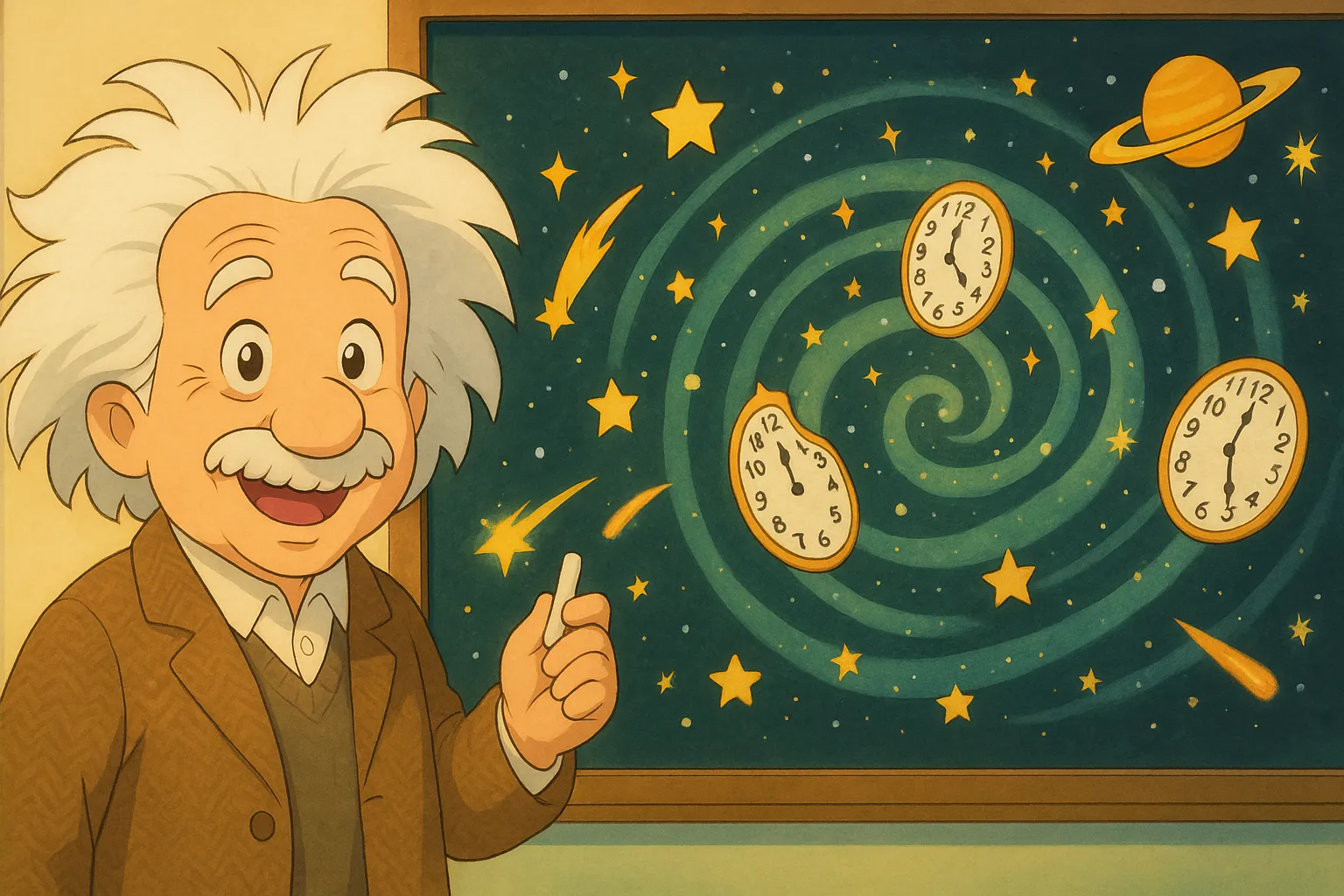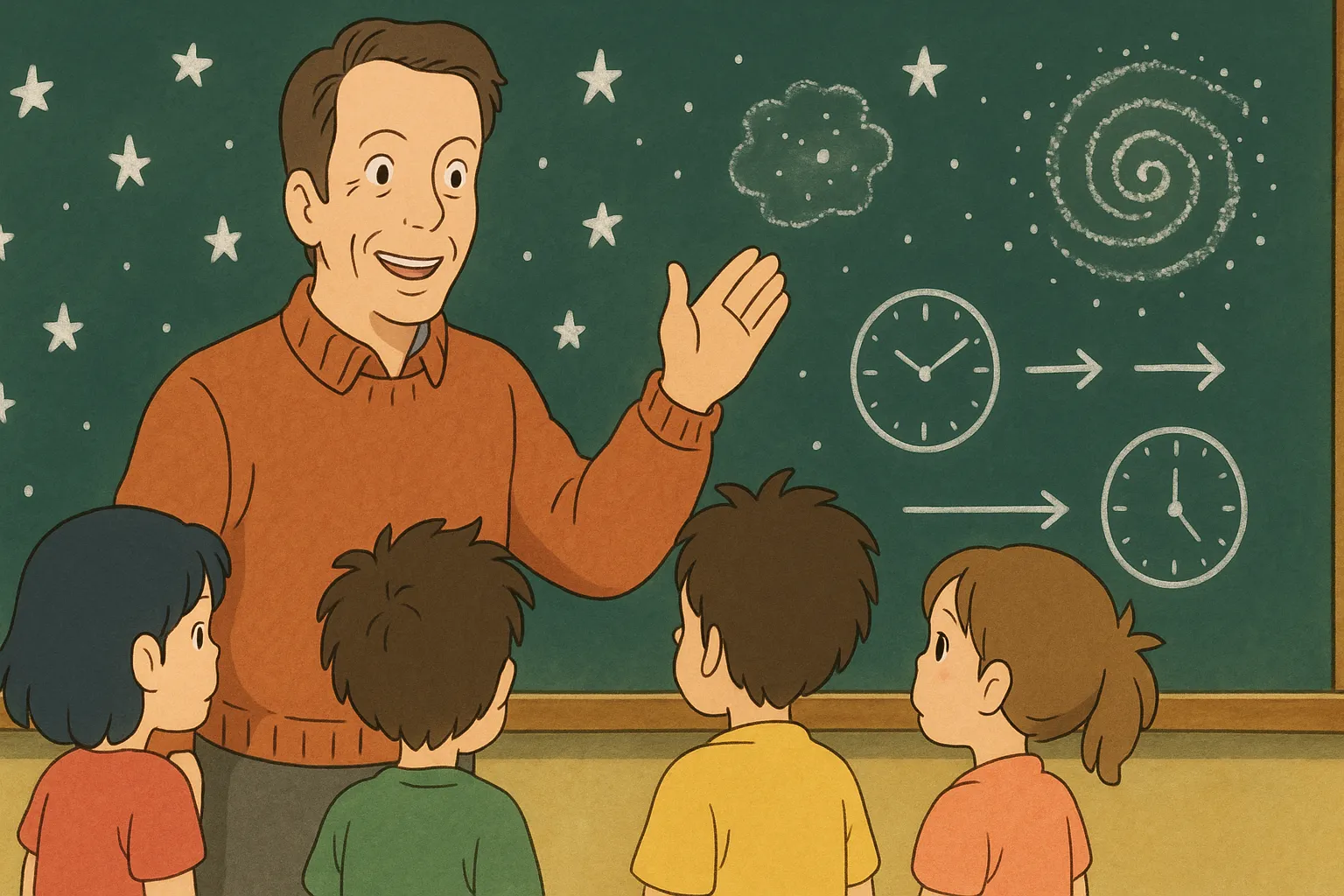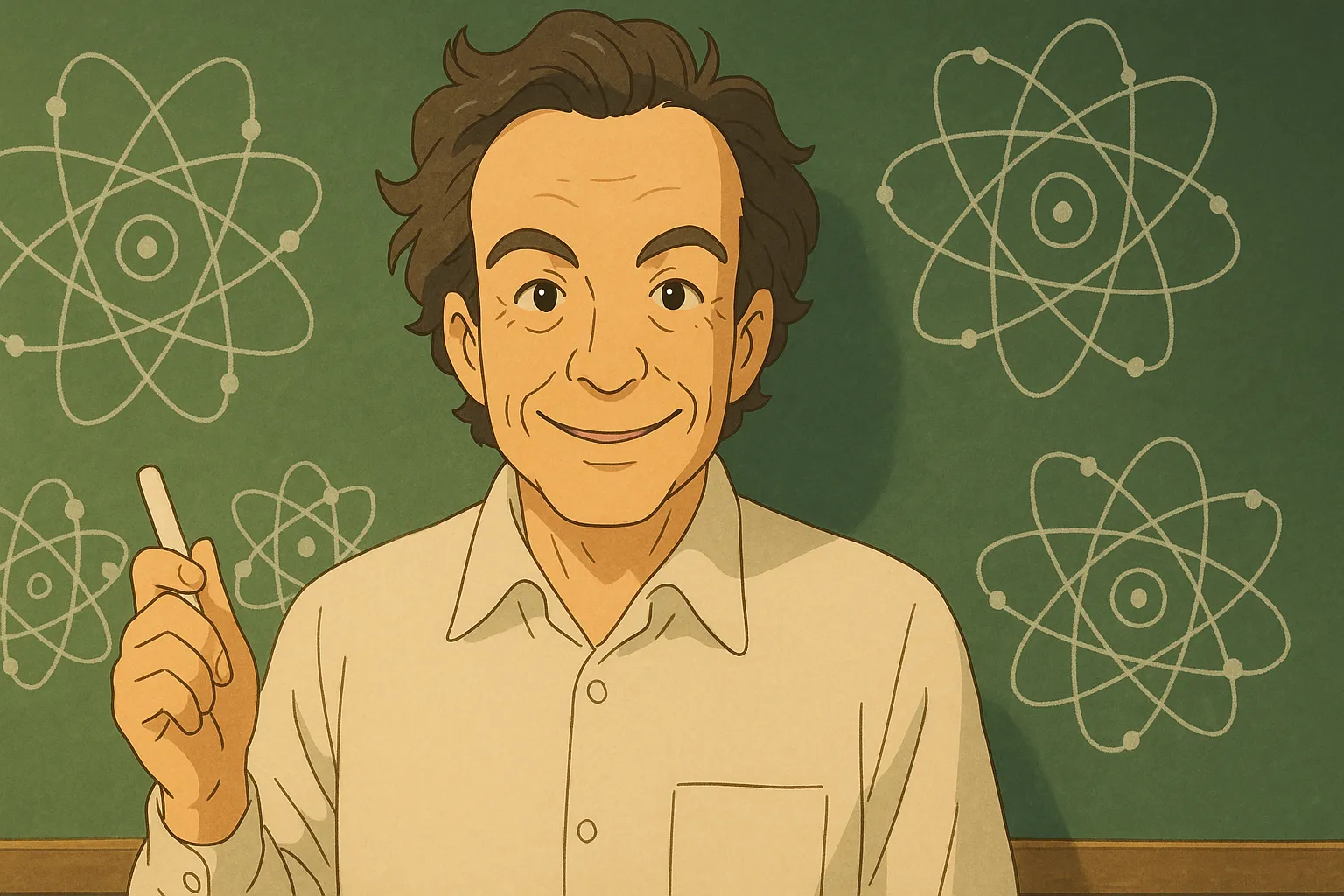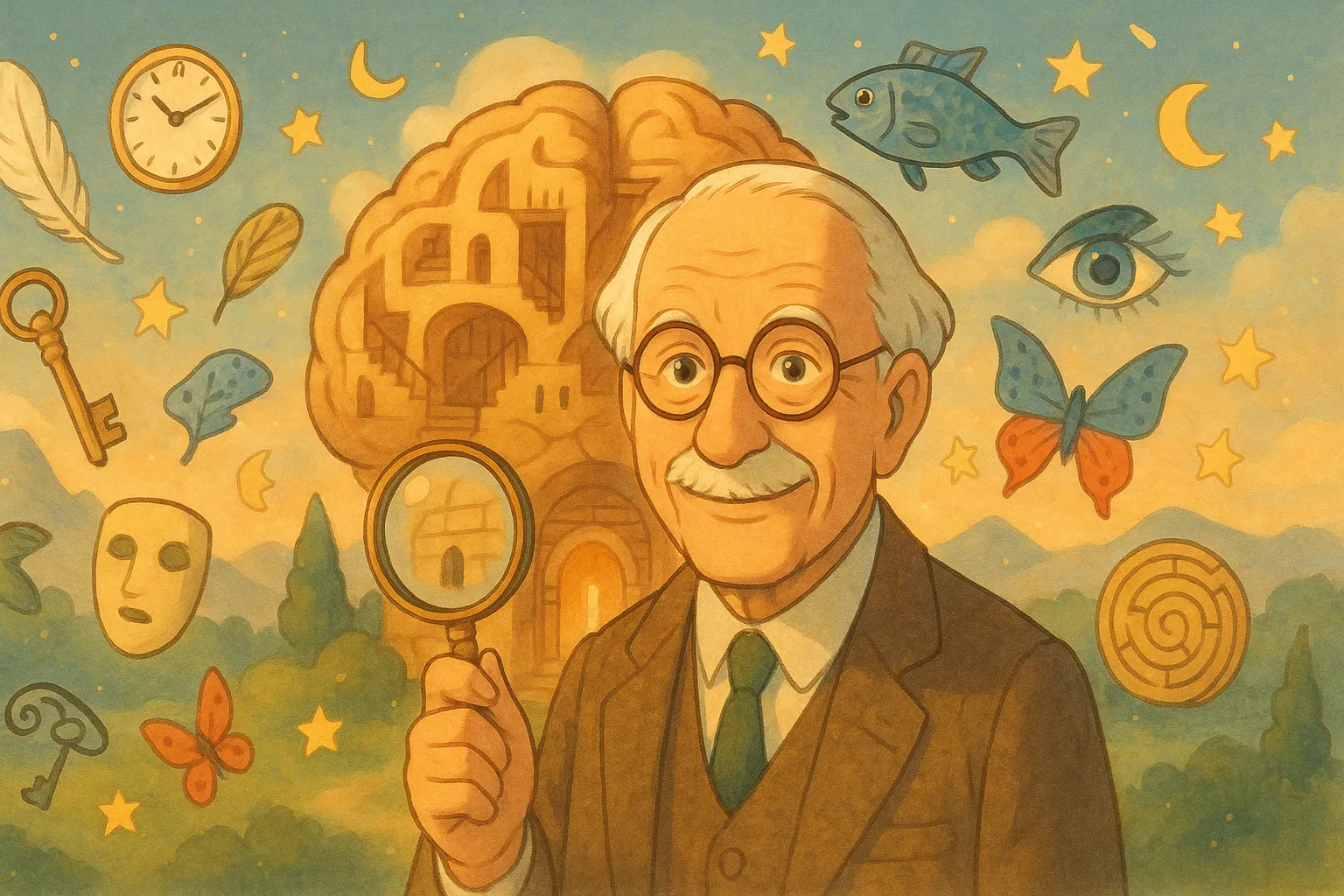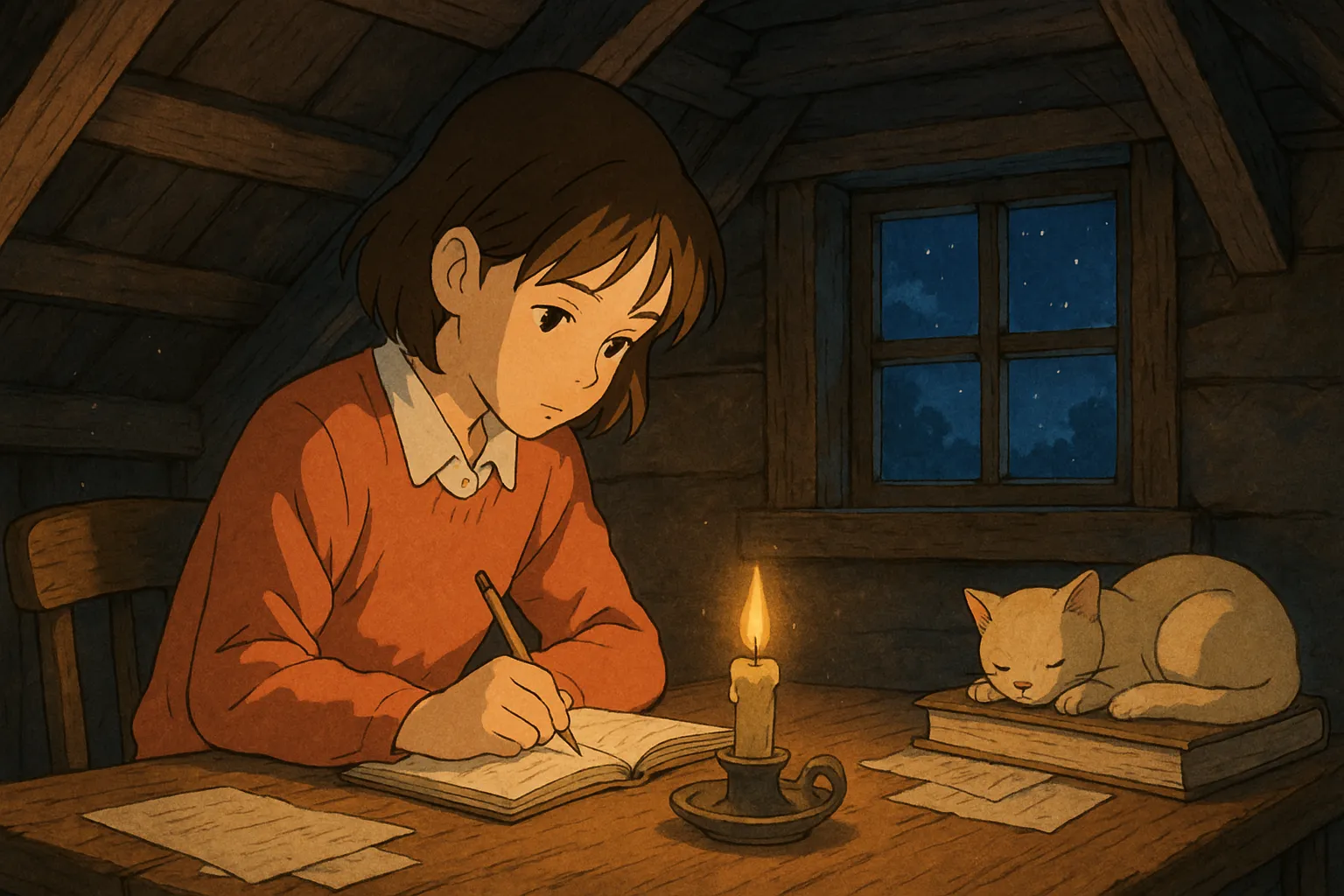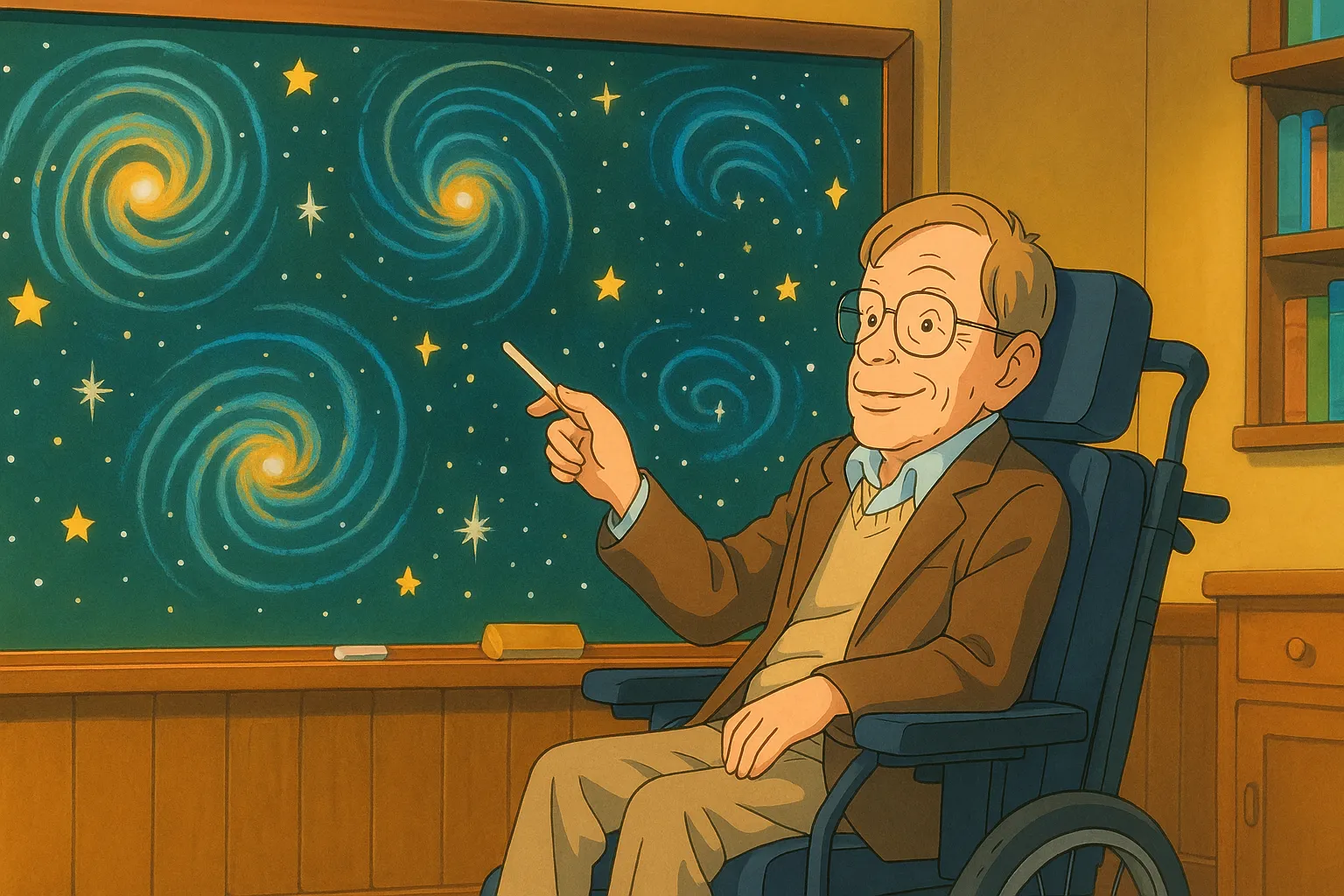
Watch Video
Frequently Asked Questions
What fields did Stephen Hawking work in?
He was a theoretical physicist who focused on cosmology, general relativity and quantum gravity — trying to connect how the very large (the universe) and the very small (quantum processes) fit together.
Where did he teach and hold a famous chair?
Hawking was the Lucasian Professor of Mathematics at the University of Cambridge, a historic post once held by Isaac Newton, where he worked for decades.
Who were some key collaborators?
He collaborated with several leading scientists, notably Roger Penrose on singularity theorems and others who helped develop black hole thermodynamics and related ideas.
What major puzzles did he help create or study?
He helped shape the black hole information paradox and explored how quantum effects and gravity interact, questions still central to modern theoretical physics.
Did he write other books besides his famous bestseller?
Yes — he wrote and co-wrote several popular science books for adults and children, including works aimed at making complex ideas accessible to wide audiences.
How did his research link general relativity and quantum mechanics?
Hawking applied quantum field theory to curved spacetime around black holes, showing that quantum effects could cause black holes to emit radiation — a key step toward unifying the two frameworks.
Did he appear in popular culture or media?
Yes — Hawking appeared in documentaries and made cameo appearances on TV shows and in interviews, helping bring cutting‑edge science to the general public.
